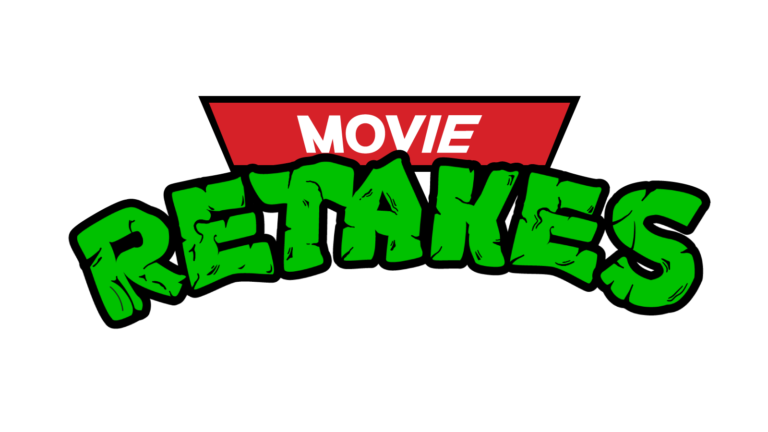
TMNT
The turtles form new alliances and take on old rivals with these original shell-shocking pitches from the Sully Brothers.

Long-time movie fanatic, Matt has written several screenplays, produced / directed / edited short films, and has a written a historical fiction novel entitled Father's Creed. He's working on his second novel, a sci-fi thriller called Ghost City. Follow his chronicles as a new novelist: https://mattcsully.com
3D cinema has existed in some capacity since the early 20th century, with an ebb and flow of public interest, production commitment, and innovation. Kinoplastikon, the projection of filmed actors onto glass planes separate from the background stage, gained popularity just before WWI, with 250 specialized theatres across Europe and North America. These shorter, novelty films went by the wayside, however, as audiences became interested in longer, multi-reel films with larger story arcs.
The first 3D film requiring special viewing glasses was in 1922. At the same time, the Teleview system was invented, combining two interlocked projectors and a viewing device attached to theatre armrests with synchronous rotary shutters to round out the stereoscopic effect. A sprinkling of techniques helped produce a handful of 3D projects over the decades, but it wasn’t until the 1950s that 3D entered its golden age.
Disposable anaglyph glasses and improved picture quality raised previously-waning box office admissions. Walt Disney, Paramount, Columbia, 20th Century Fox, MGM, RKO, Warner Brothers, United Artists, and Universal all joined the 3D craze in 1953, all with multiple hits, but the requirements of these films created new theatre experiences and new problems. Each feature used two projectors which could only hold an hour’s worth of film. This meant an intermission was necessary, break points often written into scripts at major plot points, which was great for snack vendors, but ultimately bad for the 3D experience. Due to the syncing needs of the two projectors, any slight misalignment made the movie unwatchable. The silver projection screen needed to keep the picture clear was highly directional, ruining sideline seating for both 3D and regular films. By 1955, the public had had enough and turned away from the third dimension.
The 1960s and 70s tackled the required dual projector dilemma of earlier 3D showings, but the most successful productions were found in adult cinemas. It was only in the 80s with horror films like Friday the 13th part 3, Jaws 3-D, and Amytiville 3-D at the forefront did general audience theatres begin to feature them again. At the same time, IMAX embraced 3D with non-fiction films on larger screens, bringing Walt Disney back into the fray with audience spectaculars like Magic Journeys and Captain EO. Through the 90s and 2000s, exhibition style films of underwater or space explorations fueled the 3D fire as IMAX expanded their 3D theatre-capable percentages, but James Cameron was the trailblazer necessary to make audiences truly eager to slip on those special glasses.
His Reality Camera System, using HD video, not film paved the way for family friendly films like Spy Kids 3-D, The Adventures of Sharkboy and Lavagirl in 3-D and The Polar Express whose limited 3D theaters brought in about 25% of its box office total, the 3D version earning about 14 times as much per screen as the 2D version. These figures prompted a greatly intensified interest in 3D animated films, 2D converted films, and eventually leading to Avatar, the highest-grossing film of all time.
In the recent decade, however, overall ticket sales have declined, notably in the 3D space. Some blame ticket prices, others the quality of experience over its 2D counterpart, others the general oversaturation of the market with inferior films. In 2017, when 3D accounted for 20% of box office revenue, IMAX announced they would focus more on 2D screenings, citing evidence that North American moviegoers had proven a preference over 3D. In 2021, when movie-goers were only beginning to return to theatres, 3D sales were at only 6% of that revenue. While this supports IMAX’s new stance on 3D, Cameron’s Avatar 2 is right around the corner. What may have once again blinked out of public interest could very well return as king of the cinematic world.

The turtles form new alliances and take on old rivals with these original shell-shocking pitches from the Sully Brothers.

We’re inundated with AI stories as of late, laughing and marveling at its varied mistakes and achievements, but the what-if phase of artist replacement has already passed.